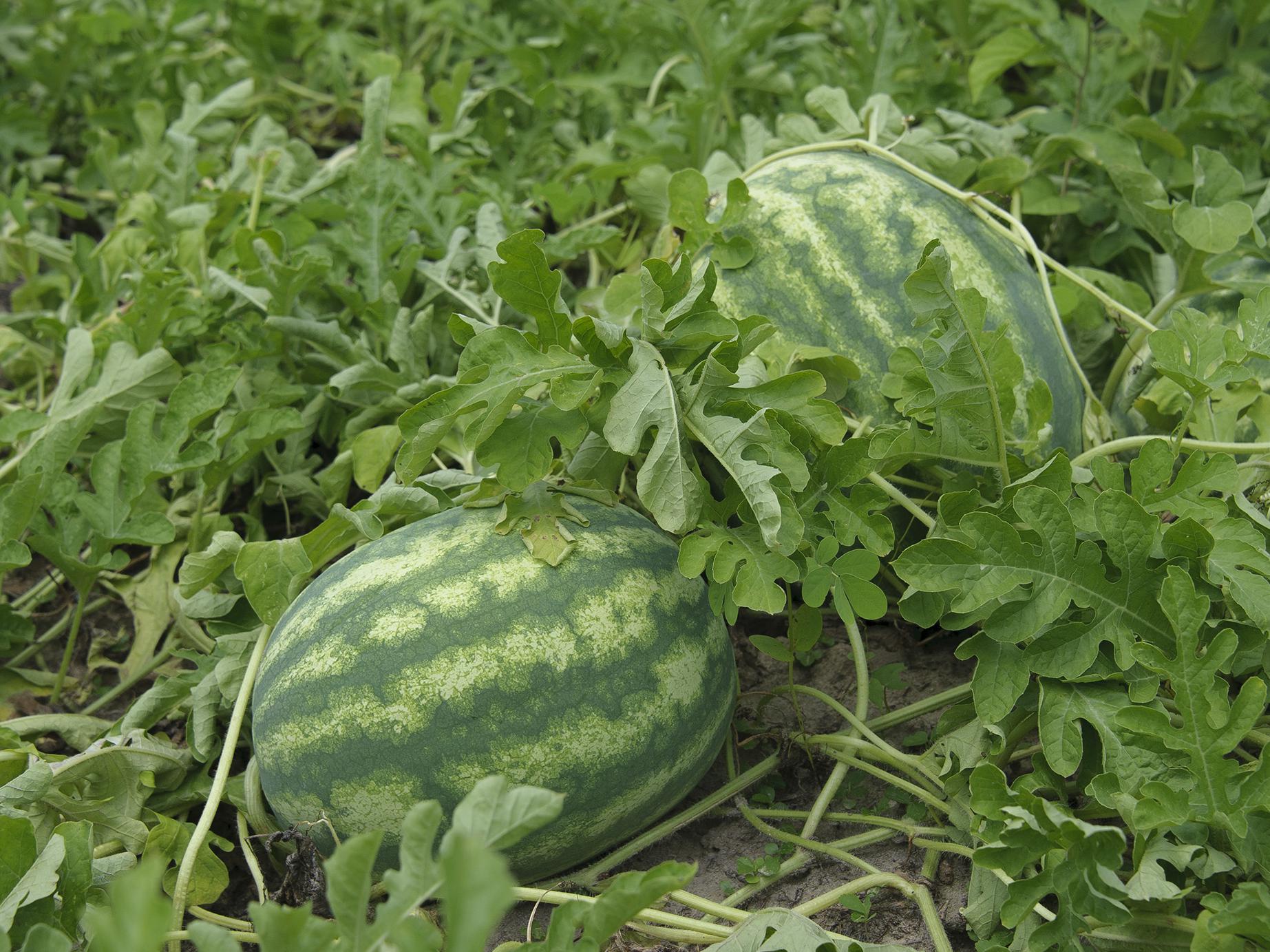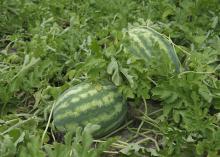Information Possibly Outdated
The information presented on this page was originally released on June 29, 2018. It may not be outdated, but please search our site for more current information. If you plan to quote or reference this information in a publication, please check with the Extension specialist or author before proceeding.
Better conditions help 2018 watermelons
TAYLORSVILLE, Miss. -- Before the first batch was picked on June 22, two fields at Ford Farms were covered with red and yellow watermelons. That wasn’t the case a year ago.
Any kind of melon crop at the Smith County farm is an improvement over 2017.
“Last year, we lost every bit of it because there was too much rain,” said Katie Ford, Ford Farms employee and daughter of owners Kevin and Rhonda Ford. “You want rain as they’re growing, but if you get too much, the vines will rot. This year has been a lot better because we’ve had drier weather.”
Growing conditions for watermelons across the state have varied since producers began planting in April, but crop quality has been steady. The U.S. Department of Agriculture rated 96 percent of the state’s crop condition as either fair or good as of June 25, with 2 percent in excellent condition.
“I have 10 growers planting 400-500 acres, and they’re all having a good year,” said Mississippi State University Extension Service agent Jeremy Maness, who is based in Smith County. “The quality is above average, and we are ahead of schedule.”
While Ford and other Smith County growers are already harvesting, growers in north Mississippi are hoping to have melons picked and ready by Independence Day. The USDA report shows that only 12 percent of the crop had been harvested statewide through June 24. This amount is well behind this time a year ago, when 29 percent of the crop had been picked, but it is ahead of the five-year average of 6 percent.
“Our growers love to harvest before July 4, but that doesn’t always happen,” said Jeff Wilson, regional horticulture specialist at the MSU North Mississippi Research and Extension Center in Verona. “A cool spring made the crop a little later getting planted.”
That same weather pattern also led to more disease pressure than normal in the state’s upper half. Powdery mildew and downy mildew have been spotted in north Mississippi fields, Wilson said. Powdery mildew is characterized by patches of white powder on the leaves, while downy mildew causes yellow spots on top of leaves. Both diseases rob plants of nutrients and either stunt their growth or cause leaves and flowers to wilt.
Growers spray pesticides to protect melons from diseases and insects such as cucumber beetles and squash bugs, both of which have been spotted. These insects can cause major damage if left untreated.
Wilson said retail prices for 22- to 25-pound watermelons are averaging $5 to $7, while terminal market prices are $3 to $3.50 per unit.
Regardless of supply, this is the time of the year when demand for watermelons is the highest.
“We’ve already had people call to order five or six bins,” Ford said.







